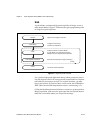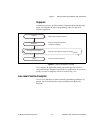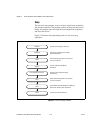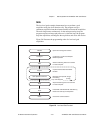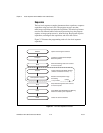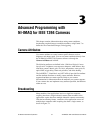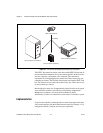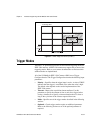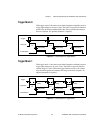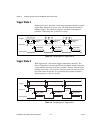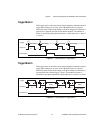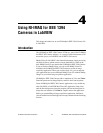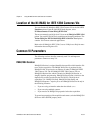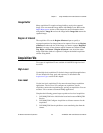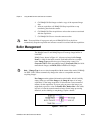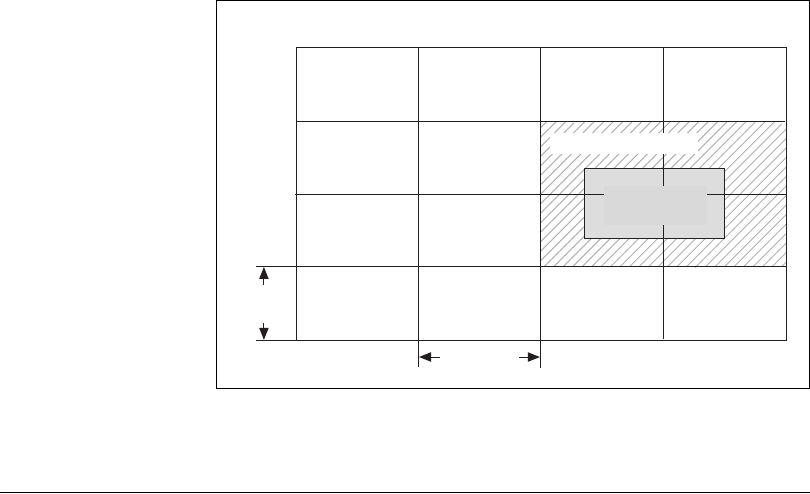
Chapter 3 Advanced Programming with NI-IMAQ for IEEE 1394 Cameras
NI-IMAQ for IEEE 1394 Cameras User Manual 3-4 ni.com
Figure 3-2. Partial Image Size Format (Format 7)
Trigger Modes
The IIDC 1.31 specification provides several external triggering modes for
IEEE 1394 cameras. A IEEE 1394 camera may support one or more of the
triggering modes. Refer to your camera documentation to find out which
standard modes are implemented.
All of the NI-IMAQ for IEEE 1394 Cameras ADEs have a Trigger
Configure function. The Trigger Configure function has the following input
parameters:
• Polarity—Specifies when the trigger input is active. A value of TRUE
indicates that the trigger is considered active when the value is high.
The default value depends on the vendor implementation of the
IEEE 1394 camera.
• Timeout—Maps to the acquisition timeout attribute. Use this
parameter to specify the amount of time to wait for a trigger before
issuing a timeout error. Specify a timeout duration that is at least as
long as the cycle time of the slowest expected frame rate.
• Mode—Specifies one of the trigger modes described in the following
sections.
• Optional—Certain trigger modes require an additional parameter.
Refer to the following sections to see if the optional parameter is
required.
Full Image Size
Unit Width
Unit
Height
User-Defined
Region
Acquired Sub-Image



